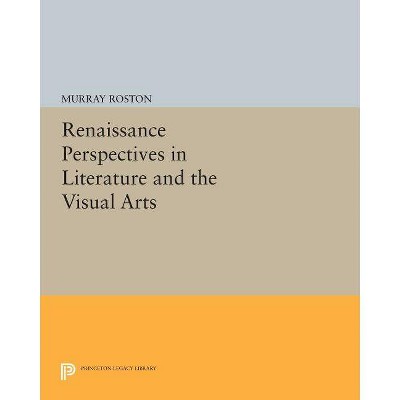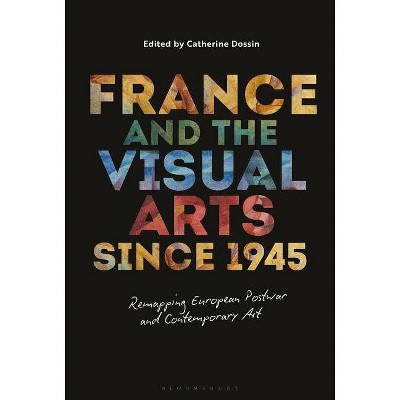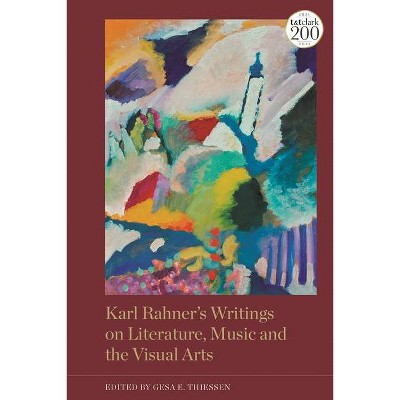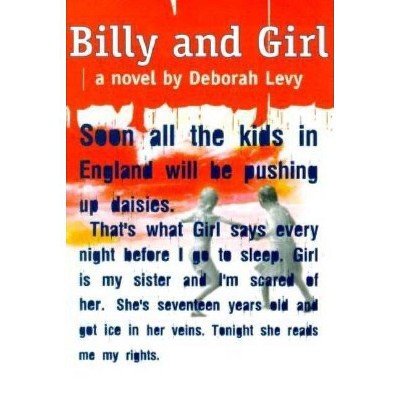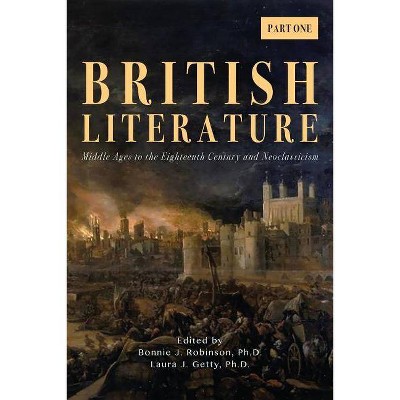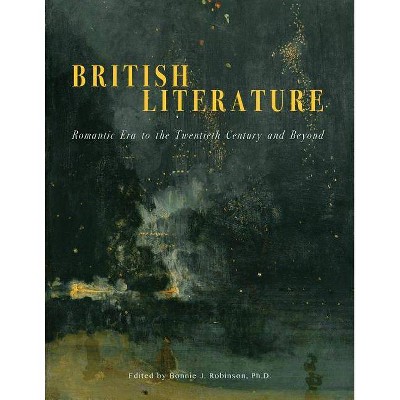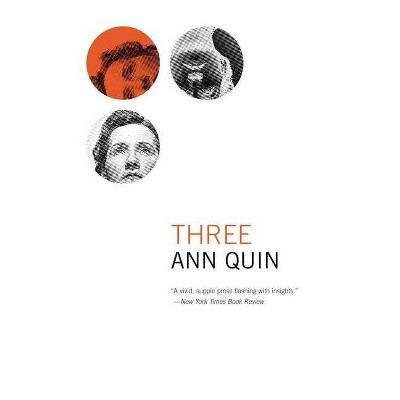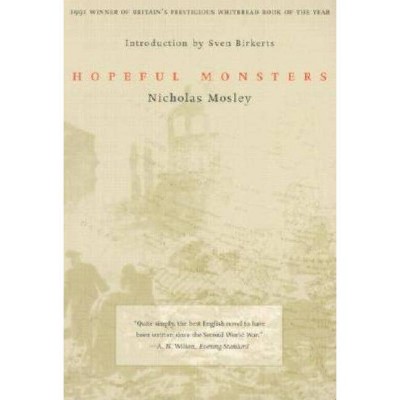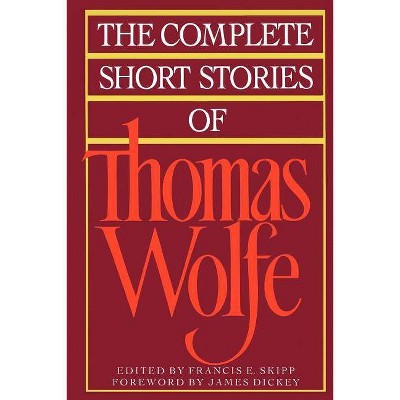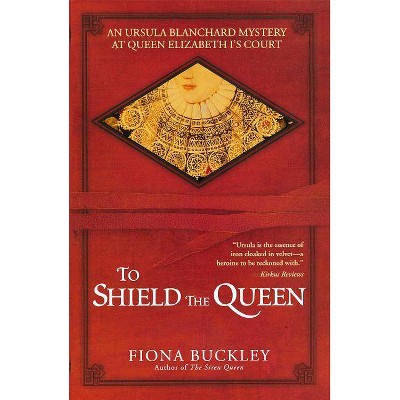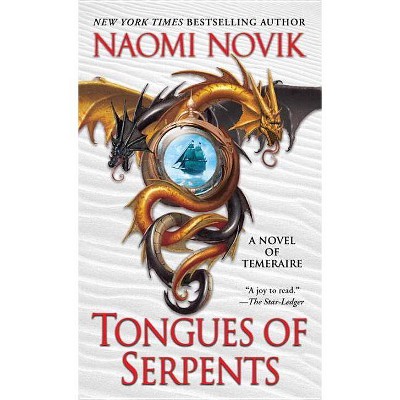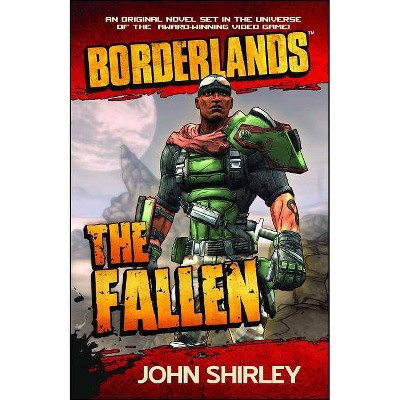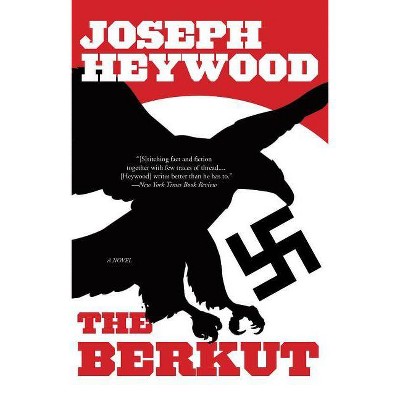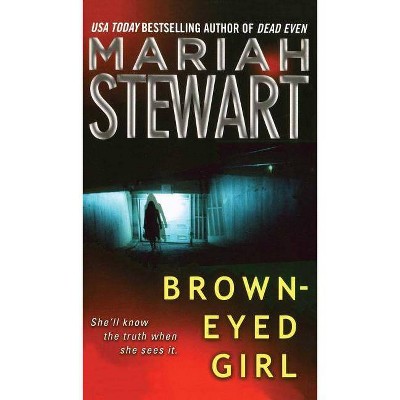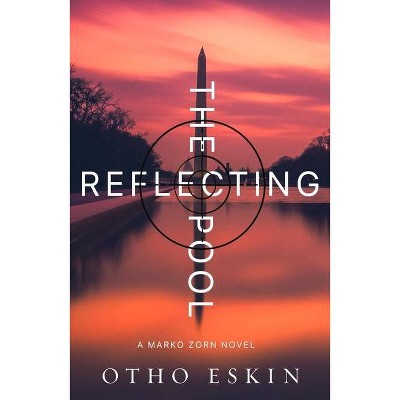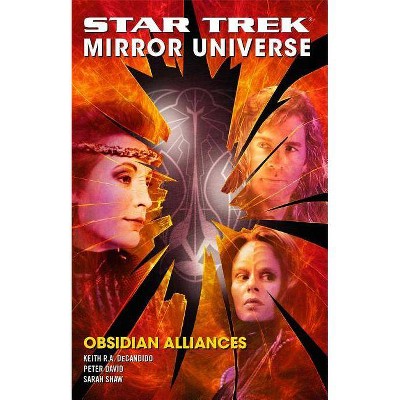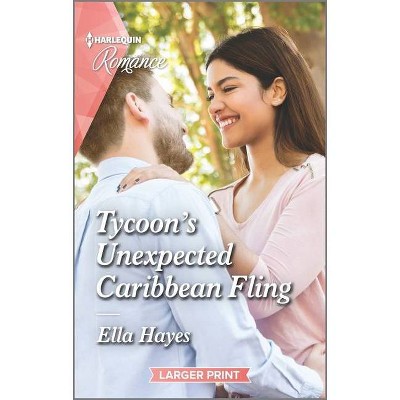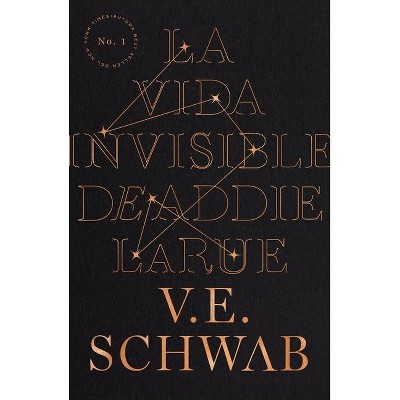New Slaveries in Contemporary British Literature and Visual Arts - by Pietro DeAndrea (Paperback)
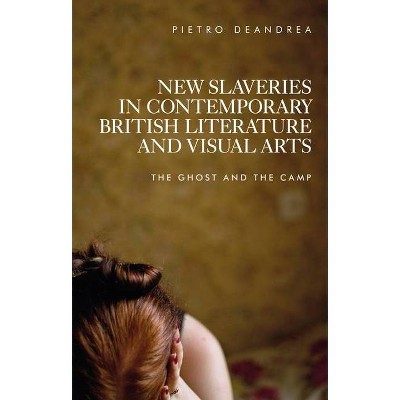
Similar Products
Products of same category from the store
AllProduct info
<p/><br></br><p><b> About the Book </b></p></br></br>A study of the literature and visual arts concerned with the many and diverse forms of slaveries produced by globalisation in Britain since the early 1990s.<p/><br></br><p><b> Book Synopsis </b></p></br></br>This book is a study of the literature and visual arts concerned with the many and diverse forms of slaveries produced by globalisation in Britain since the early 1990s. Starting from the sociological and political analyses of the issue, it combines postcolonial and Holocaust studies in a twin perspective based on the recurrent images of the ghost and the concentration camp, whose manifold shapes populate today's Britain. Discussions focuses on a wide range of works: novelists and crime writers (Chris Abani, Chris Cleave, Marina Lewycka, Ian Rankin, Ruth Rendell), film directors (Nick Broomfield), photographers (Dana Popa), playwrights (Clare Bayley, Cora Bissett and Stef Smith, Abi Morgan, Lucy Kirkwood) and dystopian artists such as Alfonso Cuarón, P. D. James and Salman Rushdie. The book will appeal to both students and scholars in English, postcolonial, Holocaust, globalisation and slavery studies.<p/><br></br><p><b> From the Back Cover </b></p></br></br>This book studies literary and visual representations of the many and diverse forms of slavery in Britain produced by globalisation since the early 1990s. It focuses on a wide range of works, from Ruth Rendell's pioneering crime novel Simisola through to the many authors who concentrated on Britain's new slaves in the first decade of the twenty-first century. Starting with an overview of the sociological and political analyses on the issue, the book develops critical paradigms in the field of cultural and literary studies in order to read the phenomenon of Britain's new slaveries. In doing so, it combines postcolonial and Holocaust studies in an original twin perspective that employs, as interpretive models, the recurrent tropes of the ghost and the concentration camp, whose manifold shapes populate the contemporary British landscape. The volume argues that approaching a topical issue such as new slaveries brings to the fore new, fertile directions for the future of both postcolonial and Holocaust studies, seen here as mutually enriching. This innovative study includes works by novelists and crime writers (Chris Abani, Chris Cleave, Marina Lewycka, Ian Rankin), film directors (Nick Broomfield), photographers (Dana Popa), playwrights (Clare Bayley, Cora Bissett and Stef Smith, Abi Morgan, Lucy Kirkwood) and dystopian artists such as Alfonso Cuarón, PD James and Salman Rushdie. It will therefore appeal to a variety of students and scholars in English, postcolonial, Holocaust, globalisation and slavery studies.<p/><br></br><p><b> Review Quotes </b></p></br></br><br>'This book is carefully structured and moves elegantly through a range of diverse subjects, from Chinese cockle-pickers to European sex-trafficking, and media, spanning literature, cinema, theatre and photography.' Zoe Bulaitis, Ph.D. Candidate in English, University of Exeter, Birmingham Journal of Literature and Language, vol. vii (2015) 'Deandrea's main purpose is to expose the network of invisibility and confinement constitutive of new slavery in Britain under conditions of globalization and neoliberal conjuncture while shedding light, at the same time, on its ability to seamlessly infiltrate (and sustain) the everyday structure and logics of 'respectable' lives.' Lidia De Michelis, Università degli Studi di Milano, Altre Modernita<br><p/><br></br><p><b> About the Author </b></p></br></br>Pietro Deandrea is Associate Professor in English Literature at the University of Torino, Italy
Price History
Price Archive shows prices from various stores, lets you see history and find the cheapest. There is no actual sale on the website. For all support, inquiry and suggestion messagescommunication@pricearchive.us
